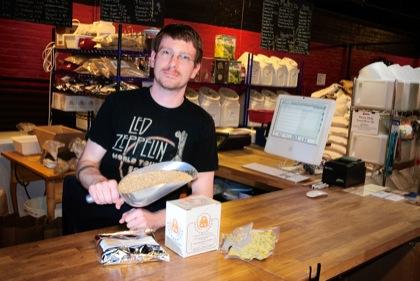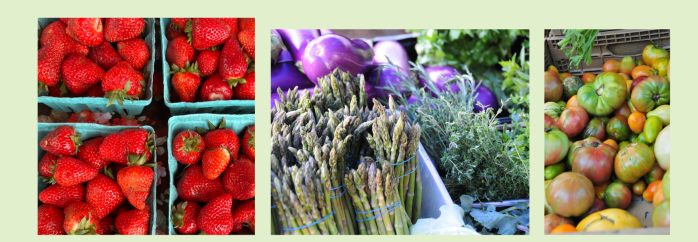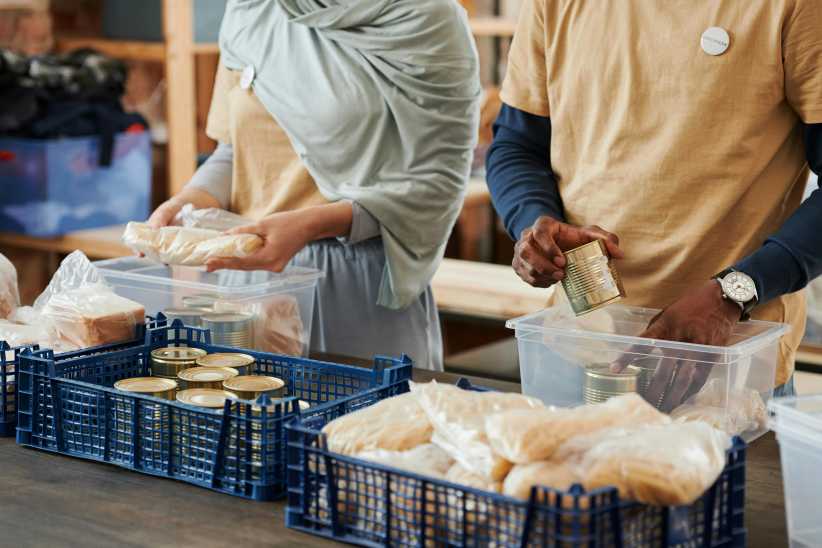For the homebrewing novice, the process of making your own beer may be a bit of a mystery. So we asked Benjamin Stutz of Brooklyn Homebrew in Gowanus to break it down for us, from the tools you’ll need to what happens between boiling the grain and bottling the brew. For purposes of simplicity, we are using as basic and uncomplicated a recipe as possible, since, as any beer drinker knows, there’s a seemingly infinite style of beers — and each wouldresult in an entirely different recipe.
Equipment
Sanitizer, such as chlorine bleach
Thermometer
Pot that can hold up to five gallons
Fermenter (food-grade plastic bucket would work)
Airlock
About 40 bottles or a keg
“The Homebrewers Companion” by Charlie Papazian for charts and tables to help you figure out how much yeast, hops, etc. you need and other variables during the brewing process, as well as for recipes and tips
Ingredients
Water (five gallons recommended for the first batch, which makes about 30-40 one-pint bottles)
Five pounds liquid malt extract. The general rule is one pound of extract per gallon of water, adding more for a stronger beer (read: more alcoholic). Stutz recommends liquid as opposed to dry extract because it is cheaper and tends to result in a better flavor. Larger space would have to be devoted to the differences between malt extract brewing and all grain brewing, though extract is best for the first-time brewer: it requires fewer pieces of equipment and not as much skill because the grain is already processed. The downside — it’s not as fresh or as cheap as using grain, and you don’t have as much involvement in the brewing process. Leave that for future batches.
Bittering hops. Stutz recommends pelletized, as opposed to whole leaf, hops because they’re not as messy and also have a better shelf life. The amount of hops you use depends on how bitter you want your beer to be. The more hops you use, the bitterer your beer, though one ounce is generally a good starting point. So grab that “Homebrewers Companion” and figure out how much you should use.
Liquid yeast. For a stronger beer, add more (this can be determined by a pitching rate calculator — see your “The Homebrewers Companion” yet again), though 125 milliliters is a good starting point. Stuntz recommends liquid yeast over dry because it tends to result in a better-tasting beer.
Instructions
1. Sanitize all pieces of equipment.
2. Bring water to a boil.
3. Dissolve malt extract in the water with the flame off to avoid burning the extract at the bottom of the pot. Once dissolved, return to a boil.
4. Add hops and boil for 60 minutes. Aroma and flavoring hops can be added later in the boiling process if desired. The resulting liquid is called the wort.
5. Chill the wort as quickly as possible to prevent any contaminationand to ensure a clear-colored beer. One way to do this is by submerging the pot in cold water (chilled with three to four bags of ice) in a tub or sink for up to an hour. The cold water should be slightly above the level of the hot wort. Wort chillers can be purchased that speed up the process to less than 15 minutes.
6. Cool wort to about 72 degrees (though this temperature can vary depending on whether you’re making ale or lager).
7. Once cooled, pour wort into fermenter and add yeast.
8. Vigorously shake or rock the fermenter for five to 10 minutes to aerate the yeast and ensure that it multiplies. Tools such as whips and pumps can also be bought to help in the oxygenation process.
9. Attach an airlock — a one-way valve that allows carbon dioxide to come out of the beer as well as prevents any contamination — to your fermenter.
10. Let beer sit at a consistent temperature (between 62 and 75 degrees, depending on the beer style) in a dark space with no direct sunlight or florescent lights for one to two weeks (length also depends on the beer style, as well as room temperature).
11. Once fermentation is complete, keg or bottle the beer.
12. Invite your friends over and drink!
Clearly, a lot of variables go into brewing your own beer, but the exciting thing is that they’re all up to you. And if you follow the steps, you’ll be drinking your own quality brew in no time.
“Don’t stress out about it,” said Stutz. “Most people get extremely nervous, but as long as you sanitize whenever you’re in doubt and just follow the recipe, it will turn out just fine.”

























